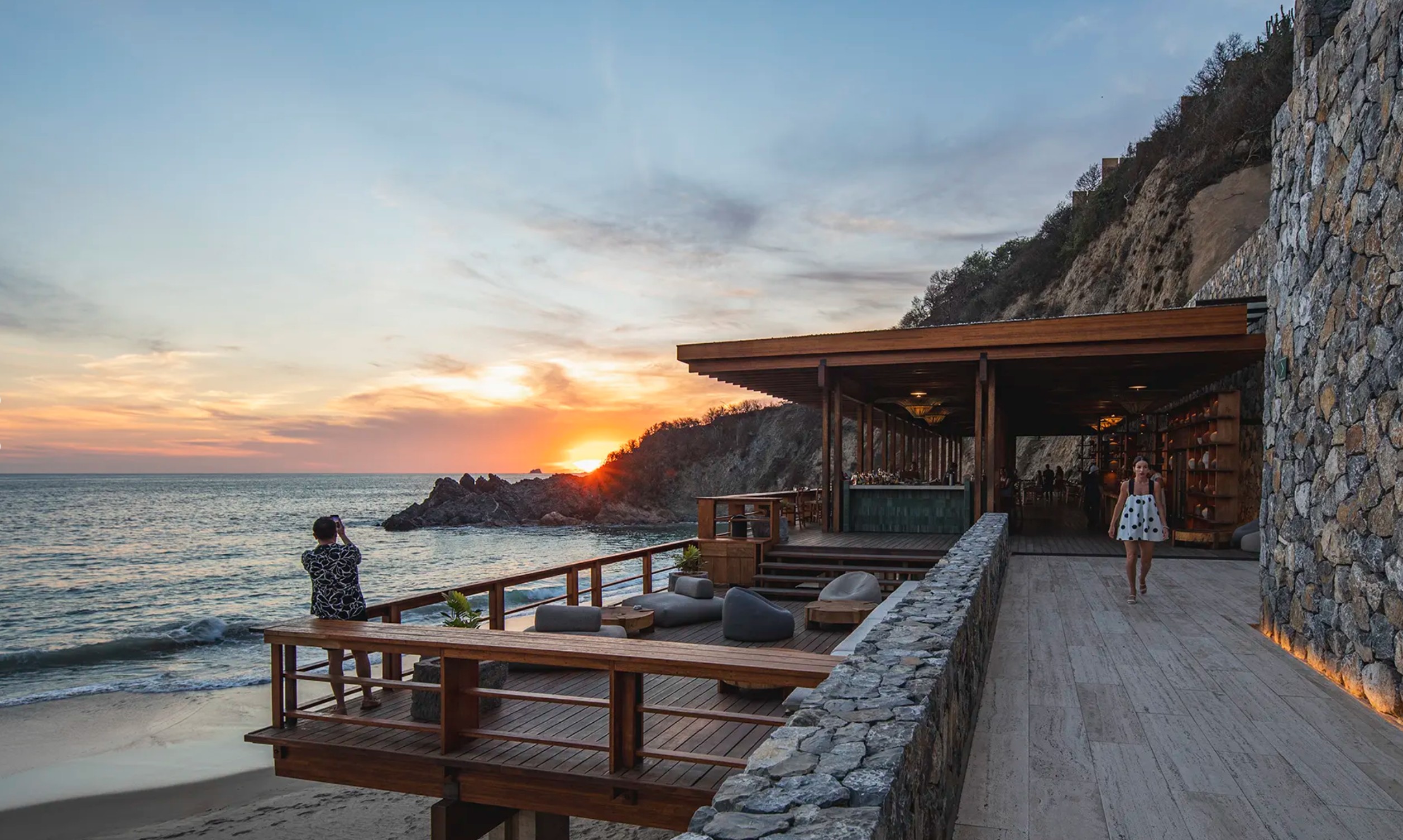By Santiago Brockmann, Luxury Boutique Hospitality Leader | Strategic Asset Management & Experiential Operations | Brand Builder & Value Creator
August 14, 2025
“True comfort isn’t universal—it’s deeply personal, shaped by identity and values.” — Peiwen Yu, from her blog Rethinking Luxury and the Future of Hospitality
Recently, I read a blog by my colleague Peiwen Yu, an excellent and award-winning architect specializing in public spaces, that stayed on my mind for days. In particular, one striking line: “We chase authenticity, yet often we settle for curated spectacles.”
In hospitality, that tension is clear. We want our spaces to feel genuine, but we keep repeating formulas. We still believe luxury lies in finishes, awards, or technical sophistication.
Although those elements remain important, I believe the definition of luxury in hotels has changed. Real luxury—the kind I structure and defend—lies in how you make the guest feel. And that can’t be achieved through protocols, but through intention.
After years of participating in the creation and restructuring of hotels and conceptualizing experiences, I’ve structured my approach around four fundamental pillars. They aren’t aesthetic concepts or aspirational speeches. They’re the foundation I use to help create unique hotels and to reposition existing properties to raise average rates, enhance brand perception, and improve commercial performance.
1. Atmosphere that breathes intimacy and authenticity
Atmosphere goes far beyond interior design. It’s the art of creating an environment that surrounds you without imposing itself. It means caring for lighting, silence, materials… but also location. Because it’s not the same to sleep facing the sea as it is among bustling streets—and not every destination requires the same approach.
I recall the renovation of Hotel de Cortés, a boutique hotel in Mexico City housed in a 16th–17th century building. Our challenge was to bring it into the 21st century without erasing its history. Through menu design, art, color palette, and materials, we brought guests closer to the origins of the building. It was an atmosphere meant to evoke, not to impress. Unfortunately, the hotel later closed to become a museum, but it was a clear example of how atmosphere can be narrative, emotional, and distinctive.
2. Service calibrated to the guest’s rhythm
Today, guests don’t want more service. They want better service. They want to decide when, how, and how much to interact. That’s why luxury service is no longer measured by staff numbers, but by adaptability.
In every hotel I’ve developed, I’ve pushed a key initiative: providing English classes to all staff members, regardless of their role. The reason is simple: if the team can’t communicate clearly and empathetically, they can’t adjust service to the guest. When a housekeeper understands a request without going through three intermediaries, a real connection is made. That is calibrated service. Later, this translates into knowing when the guest needs something—and when they need to be left alone to enjoy the moment.
3. Freedom of pace and purpose
True luxury is choosing your own experience. Not having to follow preset schedules or forced itineraries. Being able to rest, explore, or simply do nothing—without feeling like you’re wasting your stay.
I’ve always tried to convince hotel owners to implement an honor bar: a space where guests serve themselves drinks and log their own consumption. Why? Because it’s not about operational savings. It’s about trust. It tells the guest: “this space is yours—feel at home.” I haven’t succeeded yet, but I keep trying.
4. A sense of authentic personalization
Real personalization isn’t putting the guest’s name on a screen. It’s making them feel that everything was created with them in mind—even before they arrived.
At Hotel Morgana, we proposed a welcome experience based on guacales (wooden crates) filled with different amenities. Each had a distinct theme—scent, presentation, color—giving guests the chance to customize their stay. They weren’t generic boxes; they reflected the hotel’s DNA.
These four pillars aren’t decorative. They’re strategic. And they can be applied both to designing a new hotel and to repositioning an existing property that wants to reconnect with its market, elevate its narrative, and stand out in a saturated environment.
Today more than ever, luxury is not a standard. It’s a deeply human experience, designed with empathy, intention, and attention to detail.
Thank you, Peiwen, for reminding me that in hospitality, the greatest value isn’t in impressing—but in connecting with authenticity.

